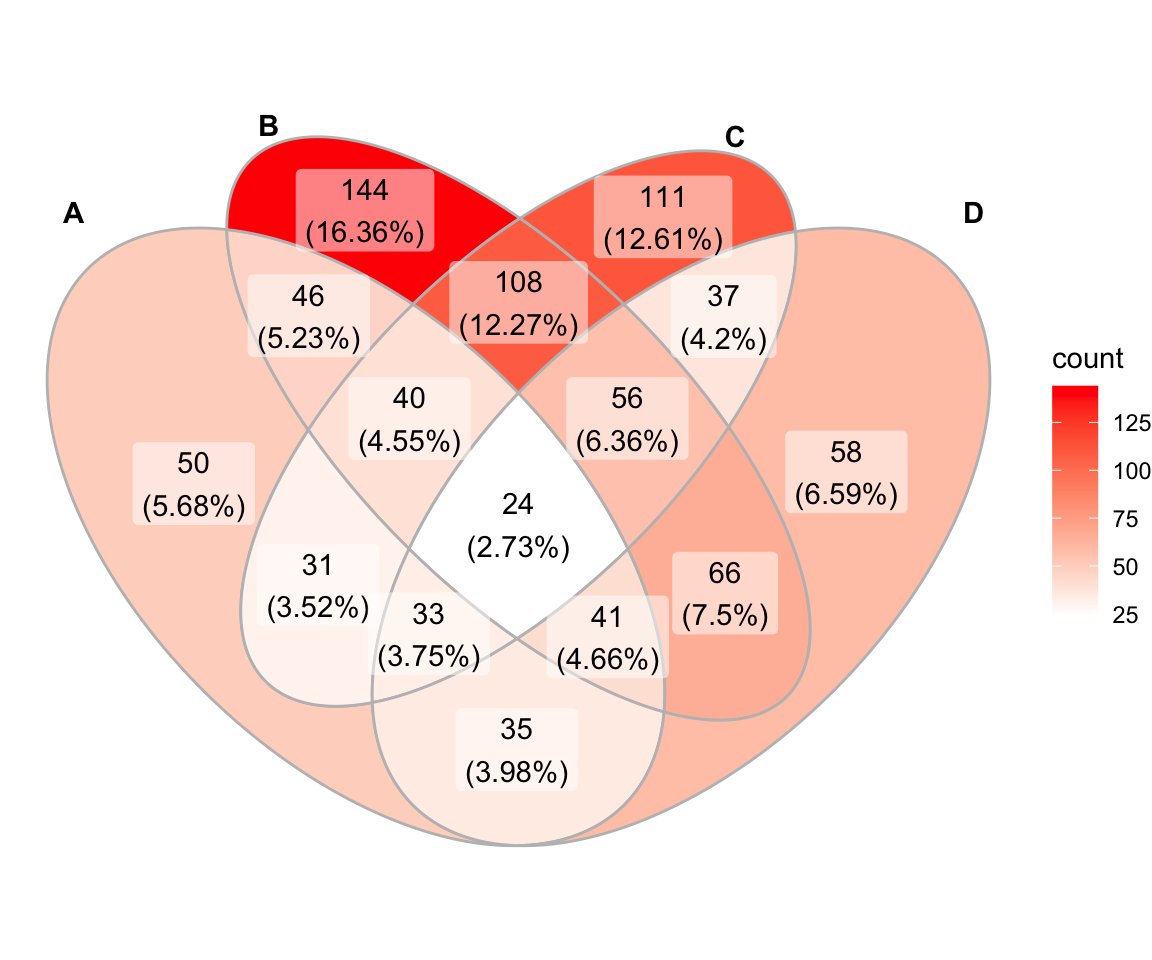1/10: 🧵 Welcome to this thread on #regression modeling strategies in #R! We'll discuss key techniques and packages to help you build effective models. Ready to dive in? Let's go! 🚀 #RStats #DataScience #Statistics 

2/10: 🌐 Linear Regression: Start with simple & multiple linear regression using 'lm()' function. Check out the 'broom' package for easy-to-use regression output! #RStats cran.r-project.org/web/packages/b…
3/10:🏞️ Polynomial Regression: When data is nonlinear, try polynomial regression! Use 'poly()' to create higher-order terms. Beware of overfitting! #RStats
4/10: 🚆 Ridge, Lasso, & Elastic Net: Use these when you have many correlated predictors. Check out the 'glmnet' package to implement these methods! #RStats cran.r-project.org/web/packages/g…
5/10:🌲 Decision Trees & Random Forests: For non-parametric models, consider these options. Use 'rpart' or 'tree' for decision trees & 'randomForest' for random forests. #RStats cran.r-project.org/web/packages/r…
6/10: 📊 Generalized Additive Models (GAMs): Flexible, non-linear models. Use the 'mgcv' package to implement GAMs. #RStats cran.r-project.org/web/packages/m…
7/10: 🔧 Model Selection: Use techniques like cross-validation & AIC to pick the best model. The 'caret' package is excellent for model selection! #Rstats cran.r-project.org/web/packages/c…
8/10: 🔍 Diagnostics & Validation: Always check assumptions & validate your models! Look into packages like 'car', 'lmtest', 'DHARMa', & 'performance' for diagnostics. #RStats
🎓 Learning Resources: Boost your regression modeling skills with these resources:
1An Introduction to Statistical Learning (James et al.)
2Applied Predictive Modeling (Kuhn and Johnson)
3R for Data Science (Wickham and Grolemund)
#RStats
1An Introduction to Statistical Learning (James et al.)
2Applied Predictive Modeling (Kuhn and Johnson)
3R for Data Science (Wickham and Grolemund)
#RStats
10/10: 🎉 That's a wrap! We hope you found this thread helpful. Keep exploring, and happy modeling! 📈 #Rstats #DataScience #Statistics
• • •
Missing some Tweet in this thread? You can try to
force a refresh
 Read on Twitter
Read on Twitter








